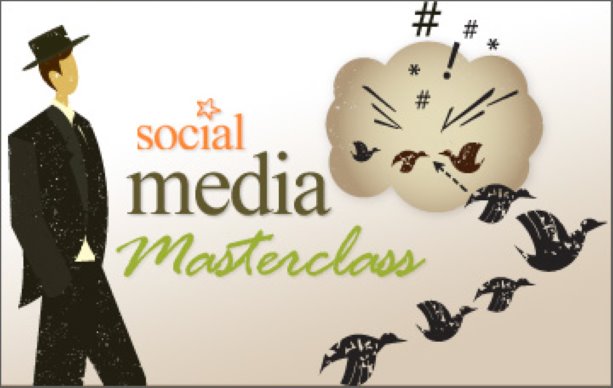As this is the last Social Media Masterclass, please allow me a few moments to gaze into my crystal ball and predict the future of social media and how it will impact the construction industry.
Years ago, when general contractors (GC) were hired to build projects, they were given a complete set of drawings from the architect and were instructed to go forth and build. The GC would then parcel the drawings out to the subcontractors (subs) and everyone would get to work. During this era, roles and responsibilities on site were narrowly defined, many times hampering the GC or subs’ ability to guide a more efficient building process and provide feedback on the constructability of a building with its ultimate purpose in mind.
Stepping forward 50 years or so….
Nowadays we start working with a handshake and excavating without finished plans. Project teams are put together with experience in the building type and subcontractors, consultants, clients, and GCs all sit at the same table to make decisions along the lifespan of a building project. And, on paper, this sounds like a utopian working arrangement with all parties working together, making decisions and contributing their expertise to the betterment of the whole. Guess what? Clients love this arrangement! And, rightfully, who wouldn’t want to be a part of this?
But this “all hands all together” process comes with a high price, namely confusion as to the project team’s roles and responsibilities. So, as the party who is ultimately responsible for delivering the project, we layer in coordinators and project management systems and emails and more email and then, in case you didn’t get the previous two emails, we’ll send it again and cc the whole project team.
Are you starting to see the problem?
As the projects grow more complicated with more specialized subs, consultants and remote teams, the coordination becomes ever more important and unwieldy. So, let’s just take a moment and think about how to fix that, shall we?
One Communication Stream to Rule Them All
What if we had one centralized communication stream? This stream is open to everyone on the project and all project participants have the ability to not only read but also participate in the communication. If needed, the communication stream could contain pointers to more in-depth resources (schedules, BIM models, specifications etc.). And, now, let’s assume all stream participants could self categorize the topics so if you JUST wanted to see the M&E conversation, you could. Or, if you were just interested in the notations about scheduling, then you could quickly find them and read and post relevant information.
Remember, in this communication stream all project participants can read and participate. Therefore, the ambiguity around roles and responsibilities that plagues current project teams is minimized because the activity delegation is in “The Stream”. Simply put, with transparent communication the excuses dry up and every project participant is held accountable. If everyone knows what’s going on then everyone knows.
Let’s Do This
Technically, you could enact a central communication stream with self categorization of topics right now. (This IS what Twitter is about.) However, if you started posting your project communication to Twitter the lawyers would probably kill you before lunchtime. Realistically, there are secure platforms available right now that could accomplish a “one communication stream” goal. And, once you create a “stream” and invite your team members online, concepts such as “engagement” become less about re-Tweets and replies and more about people logging in and getting their work done.
Sure, you can keep posting your press releases on Twitter and talking about engagement and hoping to dodge the ROI question every time someone asks about social media. Or, you can take a look at the sheer volume of communication required to make a jobsite hum and start a social media revolution that will change construction forever.
Social Media Masterclass is a collaborative initiative developed by Reed Construction Data and EllisDon. Christine Zakrajsek is EllisDon’s social media manager. Social Media Masterclass appears every Monday in the Daily Commercial News and the Journal of Commerce. Please send any emails to editor@dailycommercialnews.com or editor@journalofcommerce.com




Recent Comments
comments for this post are closed